☰ Cardiff Scientific Society
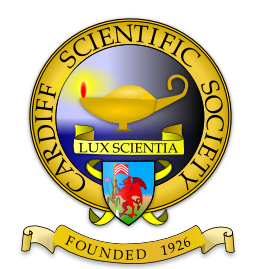

The Problem of finding Longitude, from the Phoenicians and the Vikings to the Board of Longitude and John Harrison
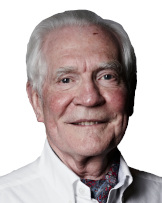
Dr John C. Taylor
Inventor
6th October 2021
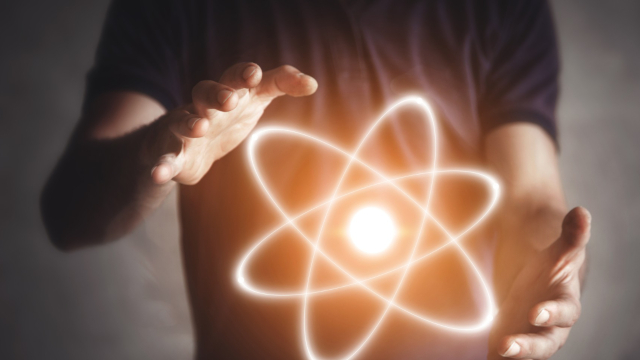
Is Life Quantum Mechanical? The emerging science of quantum biology
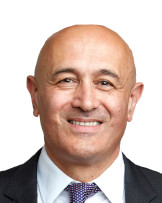
Professor Jim Al-Khalili
University of Surrey
20th October 2021

Biomimetic colour engineering from nature to applications
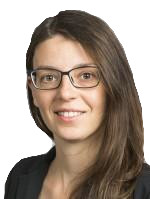
Professor Silvia Vignolini University of Cambridge
3rd November 2021

Everything from nothing: how our universe was made
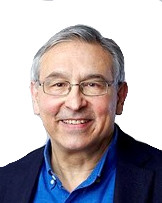
Professor Carlos Frenk Durham University
17th November 2021
In collaboration with the Institute of Physics
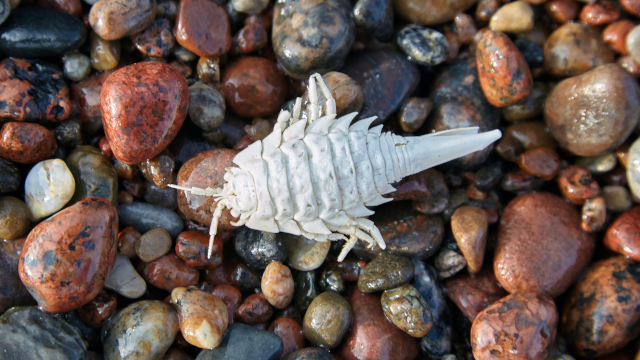
Listening to Shells: what can molluscs tell us?
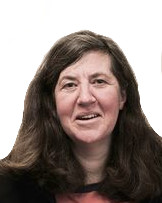
Professor Liz Harper
University of Cambridge
1st December 2021
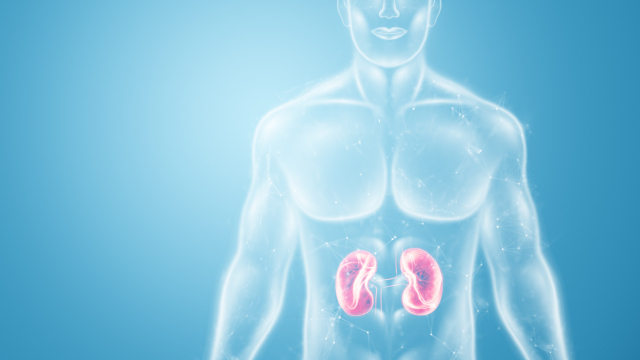
Kidney Transplantation in the 21st Century
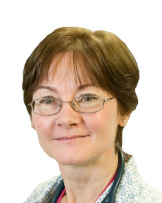
Dr Sian Griffin
University Hospital of Wales
15th December 2021
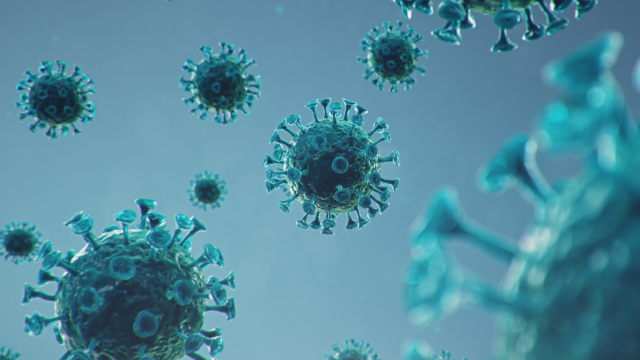
COVID-19: From the beginning to the end
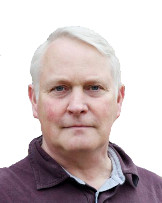
Professor Jonathan Ball
University of Nottingham
12th January 2022
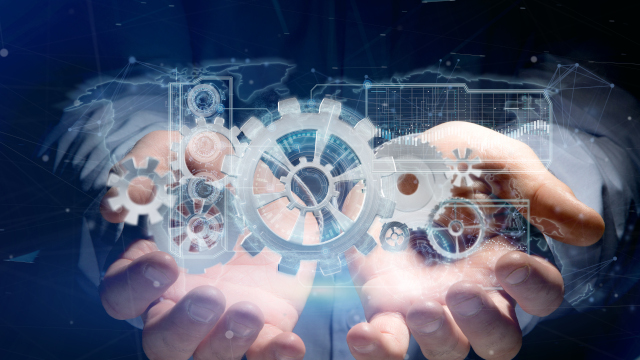
Science as Revolution
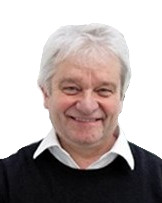
Professor Sir Paul Nurse
Francis Crick Institute
26th January 2022
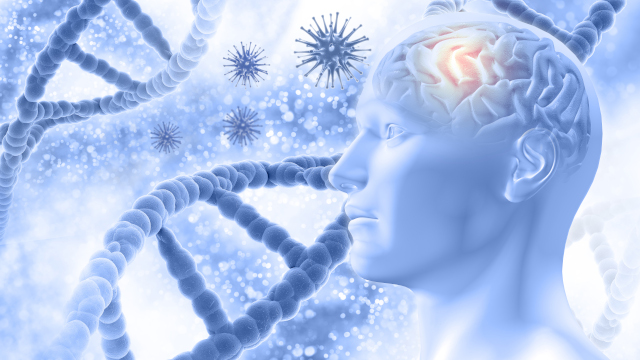
Folding a Protein: Nature's Origami
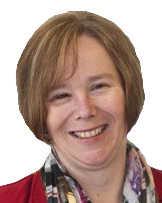
Professor Sheena Radford
University of Leeds
9th February 2022
In collaboration with the Royal Society of Biology
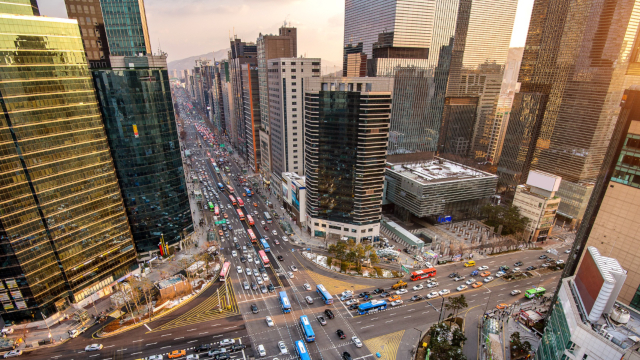
Sustainable Transport: What does it mean for me?
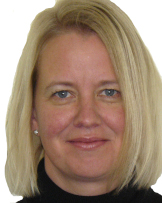
Professor Carol Featherston
Cardiff University
23rd February 2022

Building models with high performance computing
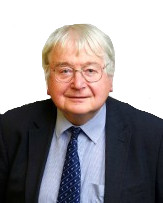
Professor Sir Richard Catlow
Cardiff University
9th March 2022

Elucidation of Cellular Oxygen Sensing Mechanisms
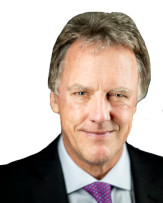
Professor Sir Peter Ratcliffe
Ludwig Institute for Cancer Research and Francis Crick Institute
23rd March 2022